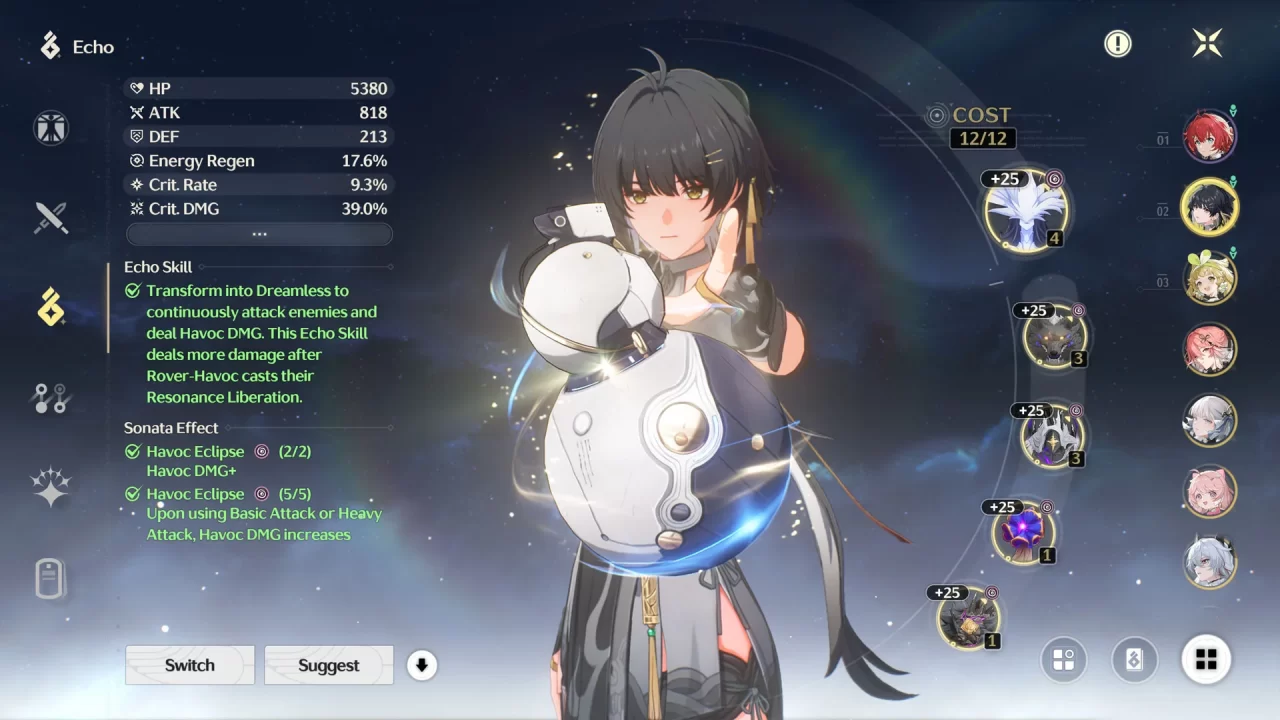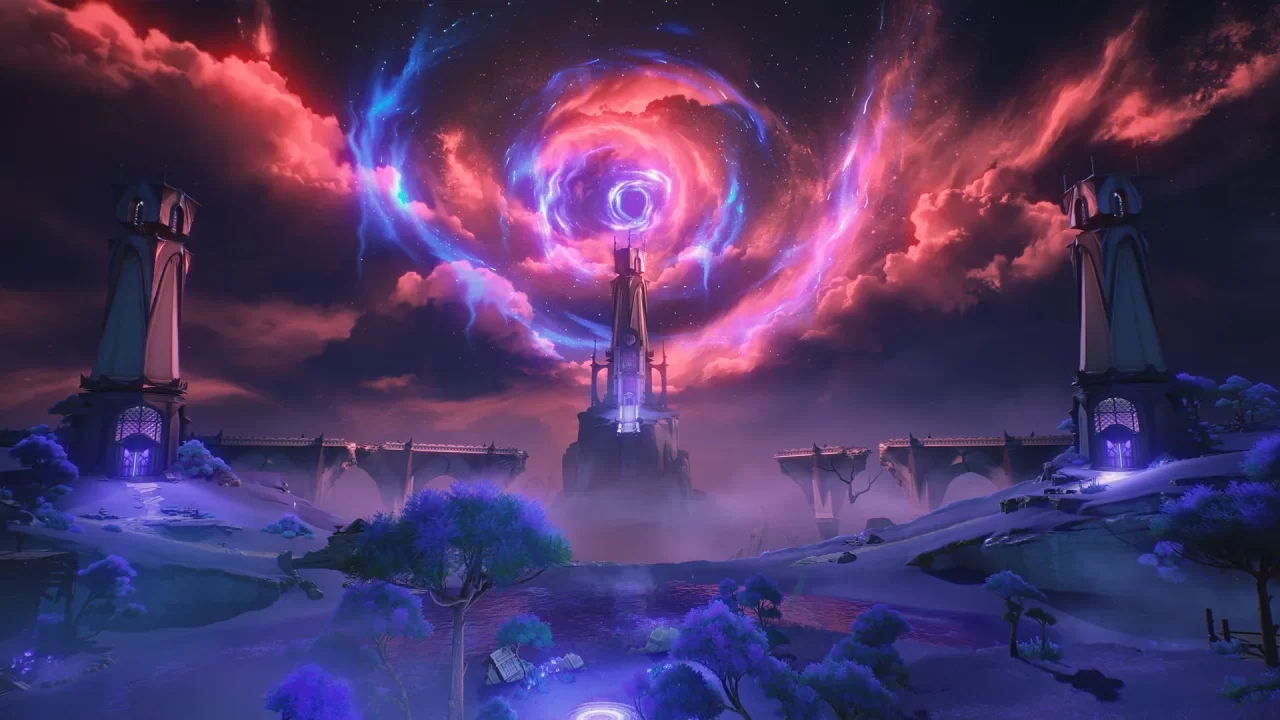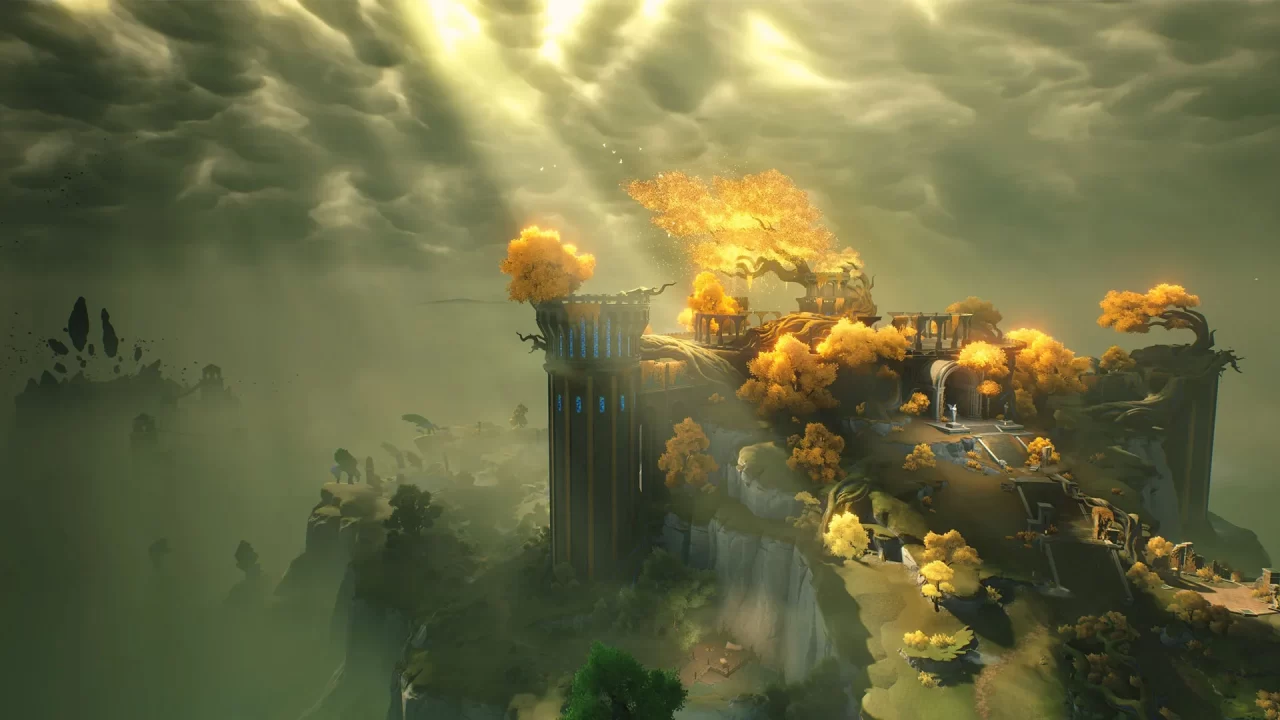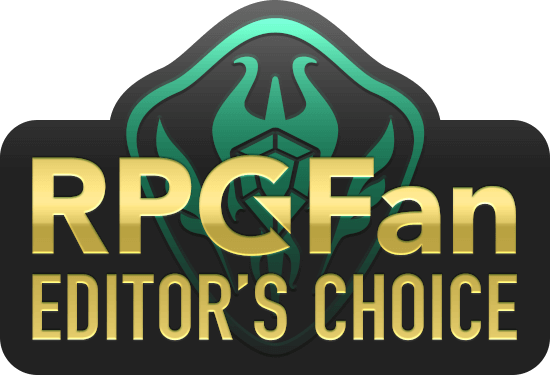It’s no surprise that HoYoVerse titles such as Genshin Impact, Honkai: Star Rail, and Zenless Zone Zero dominate the gacha market given their absurdly high quality and seemingly infinite budgets. Yet, is there room on the world stage for an unproven competitor to swing at the king and make some waves? Wuthering Waves is an open-world action RPG emphasizing stylish character action combat, much like its predecessor, Punishing: Gray Raven. At first glance, the game appears similar to the immensely popular open-world action RPG Genshin Impact. However, Wuthering Waves adopts a more modern sci-fi approach to its world-building and design while focusing on incorporating Chinese aesthetics and mythology into every nook and cranny. In terms of world design, Wuthering Waves has more in common with the Xenoblade games than Genshin Impact, thanks to its focus on a logistically plausible world following an apocalyptic event.
Players take on the role of an ever-so-important fish-out-of-water named Rover. While the character’s name (or title, more accurately) is meant to evoke similar thoughts as a Wanderer, Traveler, or even Trailblazer, it comes off as feeling more akin to the stereotypical dog name. The title feels more apt by the minute given how the citizens of the world constantly need help fetching items, guarding their communities, and guiding those in need. After an introductory cutscene with a mysterious woman (who totally isn’t Lucia from Punishing: Gray Raven), Rover is dropped into the world of Solaris-3—the third planet from the sun that is suspiciously similar to Earth. After a messy and confusing introduction sequence, it’s soon revealed that Rover is most like The Legend of Zelda: Breath of the Wild’s Hero of Time—someone called upon to help thwart an evil force with no memory of their past lives.
Wuthering Waves stumbles right out the gate with its introductory storyline as the developers scrambled to rewrite, adjust, and shuffle story beats in the game’s first three chapters after receiving a substantial amount of feedback on their closed beta tests. The feedback essentially boiled down to players wanting to feel special, being frustrated that the citizens of the world were hostile and suspicious of them, and finding the concept of gradual world-building to be less than exciting. A hasty rewrite followed to make NPCs practically worship the player, as well as reducing world events to Proper Nouns and technobabble. While this misstep makes the initial portion of the game slightly awkward, Chapter Four smooths out considerably as the narrative dives into its original version rife with drama, political intrigue, and darling characters.
Although the story flounders initially, it has an almost constant upward trajectory afterward. Mercifully, Wuthering Waves’ combat starts on a high note and continually climbs skyward. When looking at Punishing: Gray Raven, it’s quite obvious that Kuro Games are unapologetically massive fans of NieR: Automata and Devil May Cry. The stylish character action, soft genre shifts, and over-the-top set piece bosses show the developer proudly wearing their influences on their sleeve. To add to that, every single unit in Wuthering Waves has a wildly unique kit with a dizzying amount of depth. The move lists, gauges, and conditional systems would make a fighting game fan grin wide.
Every unit has its own moveset and playstyle, yet the Forte gauge is what makes each character feel that much more unique. Characters build Forte in their normal attack chains that they can then use for a variety of stronger moves. Some Forte gauges drastically change the playstyle, while others enhance the core abilities while adding simultaneous new ones. The icy Sanhua does a small amount of damage with her normal attacks, yet upon casting her ice skills or finishing her chain, she can create large fields of ice that detonate to deal massive damage. Yangyang, on the other hand, adds wind blades to her attacks while strengthening her aerial moves. The player character, Rover, can essentially swap elements and enter a Devil May Cry “Devil Trigger”-esque mode.
It’s easy to find a unit to fit any particular playstyle due to all the unique character kits. Some excel at aerial combat, while others focus on defensive counters. Some rain down hellfire at range while others ensure the party remains alive. My favorite—the bloody sword-wielding Danjin—consumes her own HP with each attack, pushing her closer and closer to the brink of death as the battle unfolds. The heightened risk in combat leads to some very exciting and incredibly stylish close calls and near misses, all for the sake of setting up allies to unleash powerful attacks with a bevy of buffs. With Wuthering Waves focusing on a three-character party, team synergy is crucial. Characters tagging out unleash an outro effect while incoming characters attack with unique intro attacks. Players should know their kits in and out while making choices between damage and survivability.

Another piece that sets Wuthering Waves apart from Genshin Impact is the Echo system. Echoes are the remnants of defeated foes. Once collected, players can equip them to characters in place of armor, accessories, and charms. Each Echo has a cost to prevent filling all five slots with boss Echoes, but only the topmost slot allows players to either summon or transform into said Echo for a brief period. Wuthering Waves‘ Echo system encourages both experimentation and exploration, alongside making the bestiary feel more lively and familiar. While the monster-catching aspect is fun and intriguing, I wish there were more uses for Echoes beyond the equipment and combat utility, such as battling other players or sending them out on missions to get materials. Much like Genshin Impact, farming and rolling for stats feels akin to smashing one’s face into a slot machine and hoping for more than a headache. Thankfully, materials to re-roll main stats have since arrived.
The cast of characters is vast and impressive, yet it’s clear the premium characters (five-star characters on timed/limited banners) get a lot more love than their standard four-star and launch five-star counterparts—some of which feel underpowered or far too niche. One of these forgettable characters is Lingyang, a young performer in a lion dancing troupe who has an awkward playstyle that feels experimental. Baizhi, a free standard healer, also has a few awkward abilities in her kit that make her offputting to use in combination with her lackluster healing. Verina, on the other hand, is a powerful healer and a staple in most teams, though this is due more to the lack of strong support units in Wuthering Waves than anything. Hopefully, the new four-star characters will get as much love as Punishing: Gray Raven‘s four-star equivalents.
Kuro Games is blessed with an incredibly talented art team. While the character designs and visual effects are top-notch, the game’s art direction is nothing short of stellar. The vistas found in the world of Solaris-3 are nigh-immaculate visual spectacles, ranging from ruined cities with floating remnants of skyscrapers above a field of burning flowers to jaw-dropping skyboxes with the most haunting moons imaginable. I found myself stopping time and time again to admire the world around me while taking dozens of pictures. The city of Jinzhou and its surrounding areas comprise the 1.0 region, and it’s easy to see that an immense amount of time and care went into polishing the world to be as awe-inspiring as possible.
Of course, the areas in the game’s patches expand the horizon and elevate the environmental beauty. Mt. Firmament is a gorgeous take on a winding mountain, while The Black Shores archipelago offers some of the most stunning skies above paired with intricately designed and displaced elements beneath. Naturally, with a full number version update to 2.0 comes a new region to explore: Rinascita. While slightly smaller than Jinzhou in width, Rinascita offers more verticality with its striking world design. Much like the launch region, Rinascita is awash with beautiful landscapes and stunning set pieces. Every new location feels like it has its Breath of the Wild moment, mixed with Elden Ring‘s design philosophy as far as populating the world with secrets.
Given Wuthering Waves is all about the concepts of vibration and waves (hence the title), one would hope the game sounds as great as it looks. At first, I was concerned with the absence of GhostFinal and Holoweak because their contributions to Punishing: Gray Raven resulted in some of the most fantastic and memorable soundtracks to date (such as Narwhal and Hikari). The soundtrack in Wuthering Waves is solid and exciting, but it initially lacks tracks that stir the heart. Of course, as the story progresses, the OST becomes elevated as dramatic moments and setpiece boss battles take the stage. Though there are fewer standout tracks in the beginning, the soundtrack soon finds its footing and develops an energetic identity that carries throughout the game.
While I’ve been largely positive on Wuthering Waves, the game is not without flaws. To start, Kuro Games is frankly notorious for rocky launches, embarrassing typos, and numerous minor bugs that mar the average player’s experience. Although it’s possible to forget or fix typos, bugs, and messy launches, some long-standing issues remain even a year after release. Most notably, the English voice cast is a collection of great European voice talents forced to do awful American accents. While this improves in later patches with more freedom in the voice direction and acting, early scenes remain blighted by poorly directed performances easily confused with bad acting.
Many of these issues are the product of intense crunch and hasty rewrites, but Kuro Games has gone back and re-recorded voice lines for Rover, so there is precedent for improvement. Now, if only they’d do the same for Yangyang—the game’s primary lore dump and story commentary for most of 1.0. Additionally, while the controls on PC and PS5 are solid, save the awkwardly mapped utility or two, the mobile touch screen controls are messy at best. Mercifully, native controller support mitigates this issue.
Lastly, regardless of how gorgeous the game looks, how fun and exciting the combat is, and how great the writing becomes, Wuthering Waves is a gacha game. While much can be said on the predatory nature of gacha games, I want to touch upon the ephemeral nature of live-service games. There’s a high chance of this game reaching end-of-service within the next decade, preventing access beyond that time. The only reminders of its existence will be the mass grave of game-specific wikis, obsolete theory-crafting videos, and the astounding number of fanart pieces that serve the same role as paintings of long-dead aristocrats. Therefore, it requires caution and care before investing time and money into Wuthering Waves. We’ve seen it time and time again: a hot new gacha comes out, tops the charts, and then sinks into irrelevance and shuts down after a year. That said, Punishing: Gray Raven is still going strong almost six years later, so there is precedent for long-term support from Kuro Games.
Wuthering Waves is a fantastic game and one of the best current gachas from a gameplay standpoint. While the shift to a more HoYoVerse-style gacha system is disappointing (pity of 80 pulls versus PGR’s pity of 60, 50/50 coin flips on banner characters with a 100% guarantee after failure versus PGR’s 100% guarantee with no coin flips), Kuro Games remains relatively generous with free currencies (often as an apology for some kind of screw up), log-in campaigns, and events. Overall, the game is gorgeous, a treat to listen to, and a blast to play. Lovable and endearing characters and an intricately detailed world make Wuthering Waves one of the most high-quality games in its specific market.






